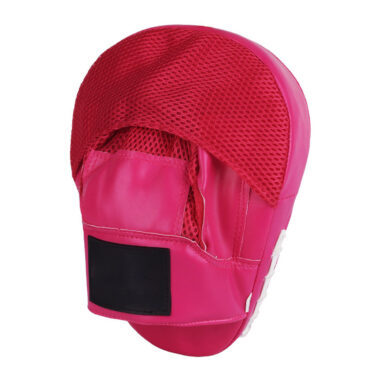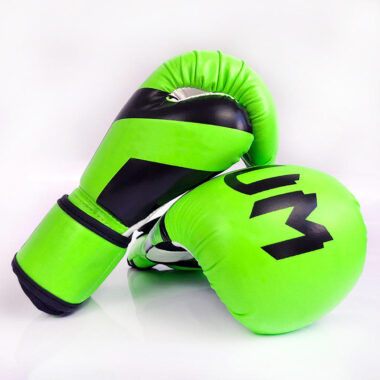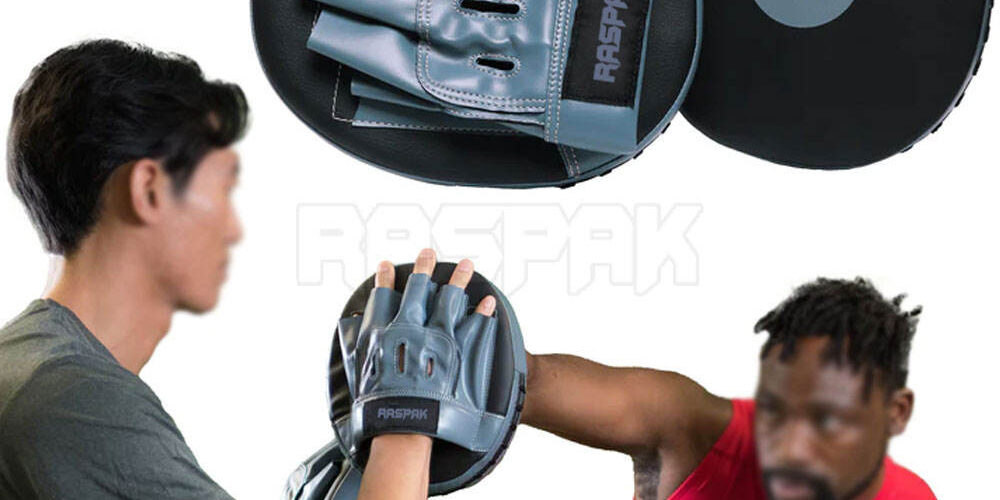🧠 Introduction: The Engineering Behind a Punching Bag
Punching bags might look simple, but their internal structure and fill composition determine how they respond to every strike. Whether you’re equipping a commercial gym, boxing academy, or private label brand, choosing the right specifications ensures both product longevity and user satisfaction.
For brands looking to scale with consistent quality, sourcing from a verified Boxing Manufacturers network ensures standardized performance across SKUs. You can also explore professional fill and material options from the category experts at Punching Bags Manufacturers, where testing data and OEM customizations are readily available.
🪶 1. Fill Types: Weight, Feel, and Shock Absorption
A punching bag’s “soul” lies in its filling. The density and composition of the fill affect rebound, stability, and joint impact.
-
Textile Fill: The most common and cost-efficient option. Provides a balanced rebound with reduced strain on wrists.
-
Sand or Sawdust Core: Adds significant weight and firmness, often used for professional or heavy bag applications. However, uneven distribution can cause bottom-hardening.
-
Foam Layering: Some modern designs include a foam sleeve between the shell and core for consistent impact absorption.
-
Water or Air-Filled Bags: Increasingly popular for portable or low-noise environments, though less durable for commercial use.
A well-balanced fill creates a natural swing motion while maintaining central weight stability.
🧵 2. Outer Shell Materials: Leather vs. Synthetic
The bag’s exterior determines its tactile feedback and durability.
-
Genuine Leather: Premium aesthetic, superior tear resistance, and long lifespan. Ideal for boutique gyms or pro fight training.
-
PU / PVC Synthetic Leather: A practical choice for mass production — cost-effective and easier to clean. PU should be ≥1.2 mm thick for proper abrasion resistance.
-
Canvas and Vinyl: Designed for outdoor or budget segments; however, they offer less elasticity and lower tensile strength.
Choosing the right shell material depends on your market segment — professional boxing gyms demand leather, while large-scale suppliers prefer synthetic for affordability and volume control.
⚙️ 3. Hanging Systems and Mounting Options
Mounting stability determines both safety and bag performance.
-
Ceiling Chains: Common for heavy-duty gyms. Ensure chains are welded steel with a swivel for smooth rotation.
-
Wall Brackets: Space-efficient and suitable for studios. Must be rated for at least 2x the bag’s weight.
-
Free-Standing Bases: Ideal for rental studios or flexible layouts but require anti-slip mats to prevent movement.
Proper installation reduces vibration transfer and prevents ceiling fatigue in high-traffic facilities.
🧽 4. Weight Categories and Height Recommendations
Selecting the right weight class helps users develop proper technique without injury:
| User Type | Recommended Weight | Bag Height |
|---|---|---|
| Kids / Beginners | 40–60 lbs | 80–100 cm |
| Intermediate | 70–100 lbs | 100–130 cm |
| Professionals | 120–150 lbs | 150 cm+ |
Bags should hang approximately 10–15 cm above ground for natural swing. Larger gyms often stock multiple weights to match client levels.
🧩 5. Customization and Branding Opportunities
Private label punching bags are increasingly popular in the B2B market. Options include:
-
Custom logos (screen print, embroidery, or emboss)
-
Pantone-matched colors
-
Reinforced top loops for extended lifespan
-
Custom carton or shrink packaging for retail
Working directly with a reliable punching bag manufacturer ensures better control over branding, production timelines, and global compliance standards.
🧰 6. Maintenance Tips for Long-Lasting Performance
To extend product life:
-
Rotate hanging positions periodically to prevent bottom compaction.
-
Clean outer shells with neutral pH solutions only.
-
Replace internal fills annually for commercial gyms.
-
Inspect chains and swivels for rust or stress every quarter.
Preventive maintenance not only safeguards users but also boosts your product reputation in the long run.
✅ Conclusion
The ideal punching bag combines balanced fill density, high-quality outer materials, and stable mounting. By partnering with trusted Punching Bags Manufacturers and certified Boxing Manufacturers, you can streamline sourcing, maintain consistent QC standards, and deliver reliable gear to your clients worldwide.





















